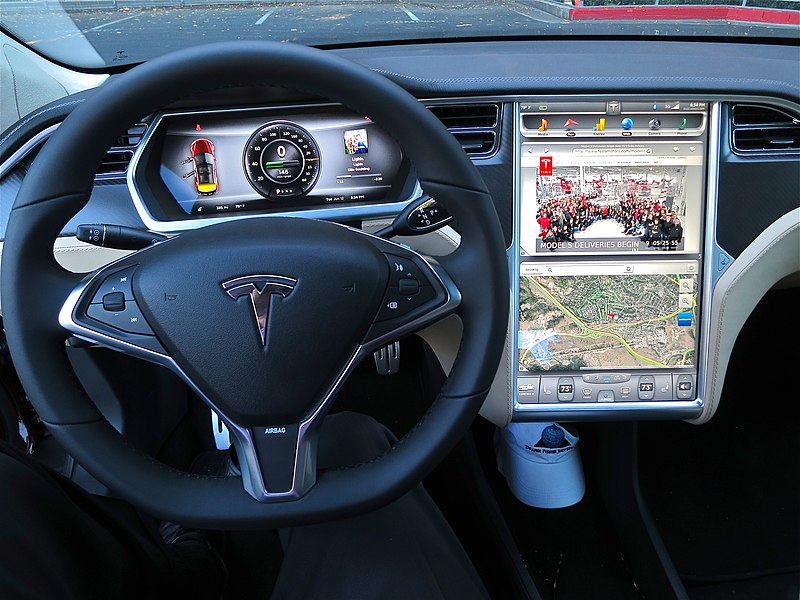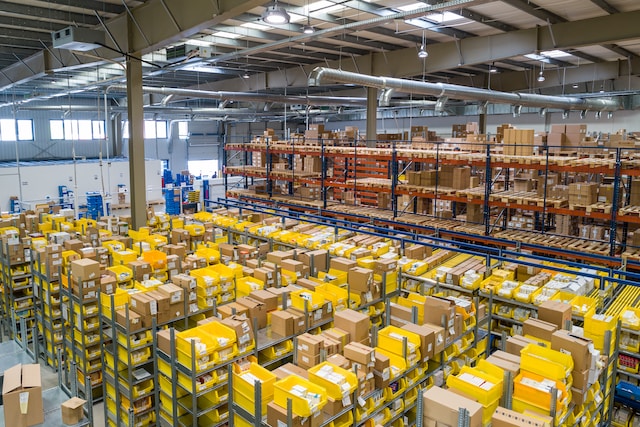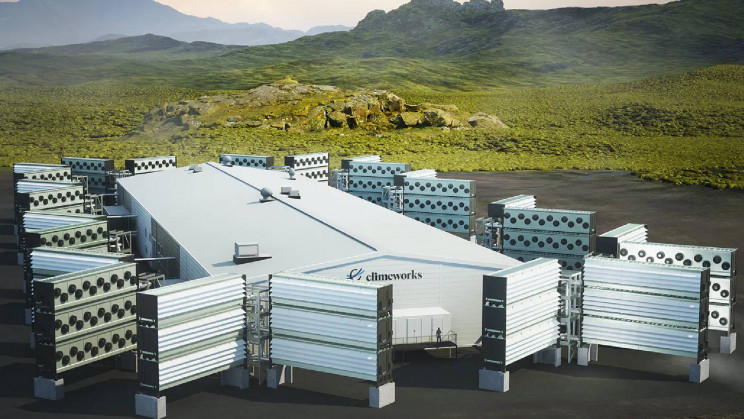There are great expectations around the future of Self-driving vehicles, also known as autonomous vehicles.
But for driverless technology to become a reality, much needs to be changed
Although some good progress has been made, the journey toward autonomous or self-driving consumer cars has proved harder than anticipated.
There is one more bad news that came this week when the U.S. National Highway Traffic Safety Administration (NHTSA) released data on 10 months of crashes involving cars with automated components between July 1, 2021, to May 15, 2022.
The numbers showed Tesla vehicles being responsible for nearly 70 percent of the crashes
Out of 392 crashes reported during this period, 273 or nearly 70 percent were Tesla vehicles using Autopilot or the Full Self-Driving (FSD) beta, while Honda cars were tied to 90 incidents. Most of these crashes occurred in Texas and California.
While these data paint a dismal picture of the safety of these Self-driving vehicles, they pale in comparison to the over 40,000 car crashes that occurred in the United States in 2021 alone.
But this does not spell the end of autonomous cars
It only confirms that developing the technology required to deliver safe self-driving cars is not years, but decades, away.






